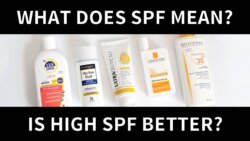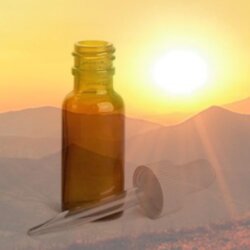Testing Fake Tan Remover: How Does It Work?
If you’ve ever used fake tan, you’ll know that after a few days it can start to flake off, and if you’ve applied it unevenly you’ll want to buff out the stain ASAP. I was pretty excited when I saw Bondi Sands Self Tan Eraser ($19.99 AUD for 200 mL). It’s a product that claims to remove fake tan – …





